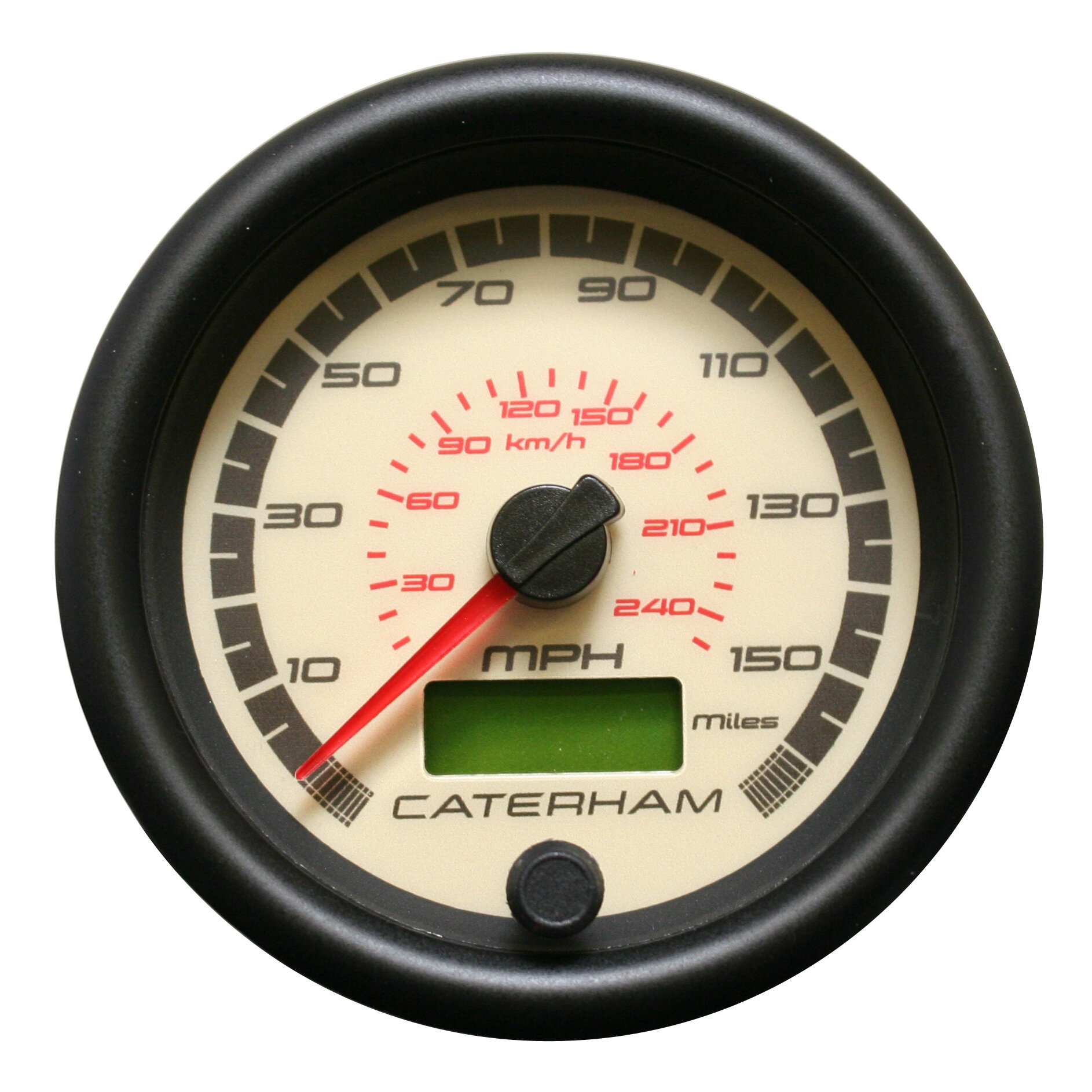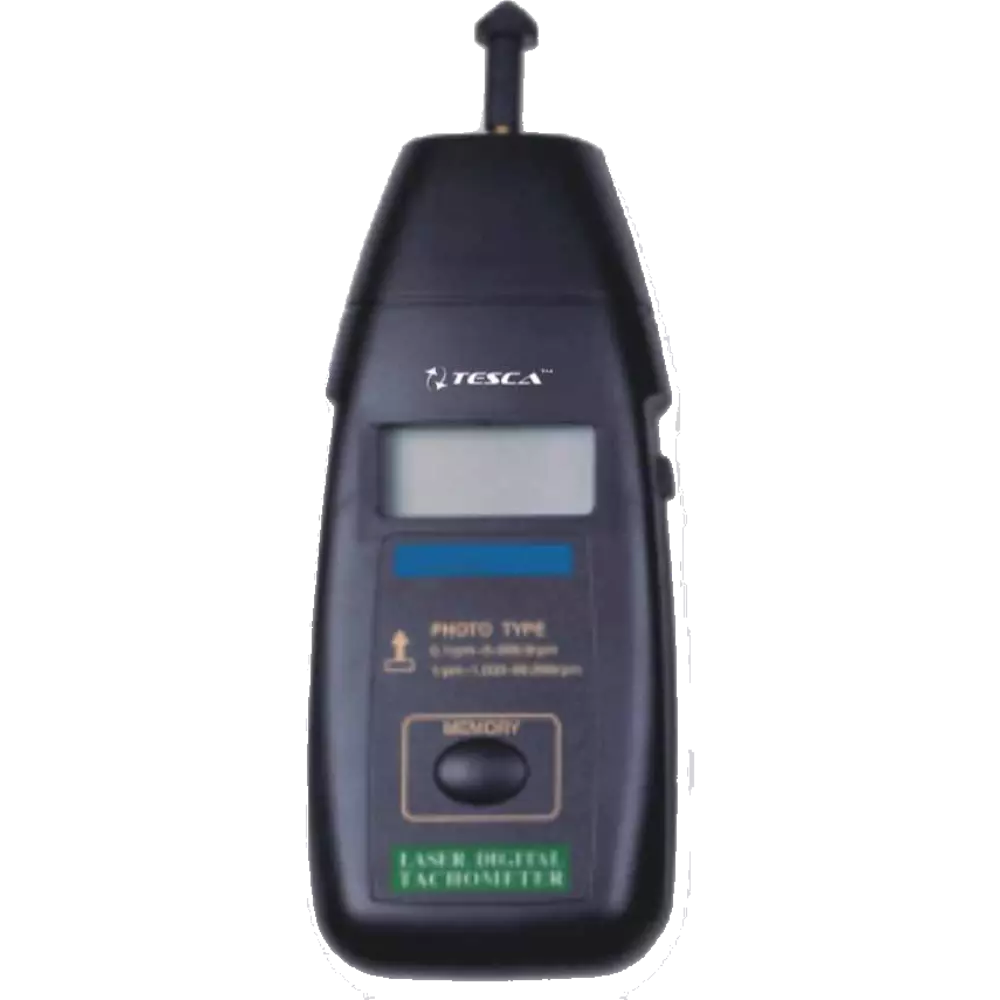Comprehensive Guide to Understanding and Utilizing a Tachometer Successfully
The Importance of a Tachometer in Monitoring Engine Rate and Performance in Automotive Applications
In the world of vehicle engineering, the tachometer stands as an essential tool in the vehicle driver's arsenal, providing a straight window into the internal operations of an automobile's engine. Beyond its feature as a simple gauge of changes per minute (RPM), the tachometer works as an important tool for lovers and experts alike, providing real-time understandings right into engine efficiency and wellness. Comprehending the relevance of this device goes past surface-level monitorings, diving right into the detailed connection in between engine speed, power result, and overall driving experience. As we check out the multifaceted function of the tachometer in automobile applications, a much deeper recognition for its influence on automobile characteristics and efficiency starts to emerge.
Value of Monitoring Engine RPM
Monitoring engine RPM, or revolutions per minute, is a critical aspect of automotive maintenance and performance assessment. Engine RPM straight associates with the rate at which the engine's crankshaft rotates, indicating exactly how rapidly the engine is running - tachometer. By keeping an eye on RPM, auto mechanics can examine the wellness of the engine, discover prospective issues, and fine-tune efficiency. An uncommon RPM analysis might indicate problems such as engine misfires, faulty ignition system, or problems with the fuel delivery system. Constantly high RPM analyses might show hostile driving behaviors or the demand for a higher gear change to enhance fuel performance.
Moreover, monitoring engine RPM is crucial for performance examination in auto racing and high-performance automobiles. Keeping optimal RPM levels is critical for attaining peak power outcome and acceleration. Racers often make use of tachometers to guarantee they are operating within the excellent RPM array for maximum performance. In summary, monitoring engine RPM is not just crucial for finding problems but likewise for optimizing engine efficiency in numerous auto applications.

Benefits of Real-Time Information
In auto applications, real-time information plays an important role in offering instant insights into the efficiency and condition of the lorry. By continuously keeping an eye on different criteria such as engine speed, temperature level, gas intake, and more, real-time data uses many benefits that contribute to boosted efficiency and security when driving.
Furthermore, real-time information helps with performance optimization by providing instant comments on driving practices and engine performance. Drivers can adjust their behavior in real-time based on this info to achieve much better fuel economic situation and lengthen the life expectancy of their automobile.

Additionally, real-time information plays a crucial role in modern vehicle diagnostics, enabling specialists to promptly identify and attend to breakdowns. This causes decreased downtime, reduced maintenance costs, and inevitably, enhanced overall automobile reliability and long life (tachometer). By taking advantage of the power of real-time data, automotive stakeholders can make enlightened decisions that favorably affect both the efficiency and longevity of the car
Effect On Equipment Shifts
Reliable equipment changes in vehicle applications significantly affect overall performance and driving experience. The tachometer plays a critical role in enhancing equipment shifts by giving real-time engine speed data to the vehicle driver. When approaching the redline on the tachometer, it signifies the chauffeur to upshift to prevent over-revving the engine and causing prospective damage. On the other hand, downshifting at the best minute can assist maintain the engine in its power band, making certain receptive velocity when needed.
Furthermore, the tachometer aids in achieving smoother equipment changes, especially in hands-on transmissions. By keeping track of engine speed, vehicle drivers can implement gear shifts at the optimum RPM variety, minimizing jerking activities and lessening wear on the transmission components. This accuracy more helpful hints in equipment modifications not only boosts driving comfort but additionally adds to fuel efficiency.
Enhancing Gas Effectiveness
Given the essential duty the tachometer plays in enhancing equipment changes for performance and engine wellness, it directly adds to making the most of fuel efficiency in vehicle applications. By offering real-time responses on engine speed, the tachometer assists look at more info motorists in preserving one of the most efficient RPM array for fuel economic situation. When chauffeurs consistently keep an eye on the tachometer and adjust their driving habits appropriately, they can stay clear of unnecessary gas consumption brought on by over-revving or lugging the engine.
Additionally, the tachometer helps motorists identify the most fuel-efficient gear to be in at any kind of provided minute, protecting against the engine from working more challenging than required. This is particularly crucial throughout velocity and travelling, where remaining in the best gear can considerably affect gas efficiency. Furthermore, the tachometer can inform vehicle drivers to potential mechanical problems that can be adversely affecting fuel economy, such as a sliding clutch or a clogged air filter. In final thought, the tachometer functions as a beneficial device in enhancing fuel effectiveness by promoting ideal driving behaviors and recognizing locations for improvement in the car's performance.

Making The Most Of Engine Durability
The tachometer's role in keeping an eye on engine speed and efficiency contributes in making certain the durability of automobile engines. By using the tachometer properly, drivers can optimize engine durability with mindful RPM administration. Continually revving an engine expensive can lead to too much damage on critical parts, such as the pistons, valves, and bearings. Over time, this can cause decreased engine efficiency and prospective malfunctions. Keeping an eye on the tachometer enables chauffeurs to remain within the suggested RPM range for their car, preventing unneeded strain on the engine and expanding its life expectancy.

Conclusion
In verdict, the tachometer plays an important role in keeping an eye on engine speed and efficiency in automotive applications. By supplying real-time data on RPM, it permits efficient equipment shifts, improved gas performance, and made best use of engine durability. This device is important for keeping optimal engine performance and making certain the overall capability of a vehicle.